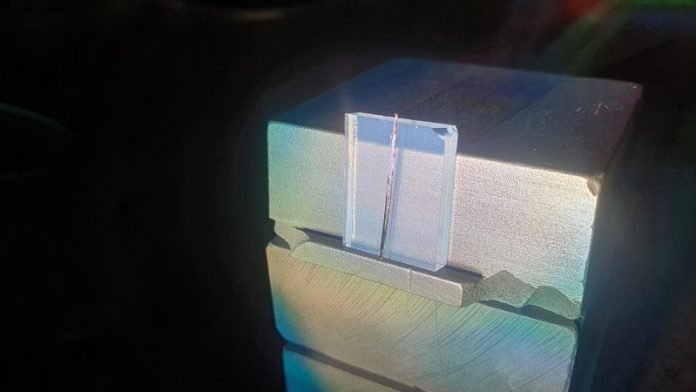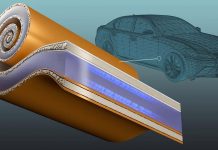
In the world of renewable energy, a team of scientists from Lithuania and Estonia is making waves with a groundbreaking discovery.
They’ve developed a new material that could significantly increase the efficiency of solar panels, a vital step in our ongoing journey toward sustainable energy.
As energy costs rise, more and more people are turning to renewable sources like solar power. However, there’s a challenge: the solar panels we commonly use on rooftops are not super efficient.
They convert only about a quarter of the sun’s energy into electricity. That’s where this new research comes in.
Most solar cells are made from silicon, a material that’s good at converting sunlight into electricity. But scientists have always known that if they could combine silicon with other technologies, they could create something even better: a “multijunction solar cell.”
This type of cell can theoretically turn almost half of the sun’s energy into electricity. The catch? It’s complicated to make.
The research team, led by Dr. Rokas Kondrotas from Lithuania, is working with a special type of material similar to perovskite (a mineral known for its solar energy potential). Their new material is made up of elements like tin, zirconium, titanium, and selenium – stuff that’s plentiful and not harmful to the environment.
They’ve created a new compound called tin zirconium titanium selenide. This might sound like a mouthful, but it’s exciting because it has unique properties that make it great for capturing solar energy. The researchers found that by adding different amounts of titanium to this compound, they could change its ability to absorb light – particularly, a type of light that regular solar cells don’t capture well.
By increasing the titanium content, the material becomes better at absorbing short-wavelength infrared light. This is a part of sunlight that standard solar cells can’t use, so it usually goes to waste. With this new material, solar panels could capture more of the sun’s energy.
Another cool thing about this material is that it’s really good at absorbing light. A super thin layer – about 20 times thinner than a strand of hair – can soak up all the sun’s rays hitting it. That’s great for making efficient solar panels that don’t need to be bulky.
Looking Ahead: This discovery is just the beginning. The next big step is to make thin films out of this material, which can be used to build and test actual solar panels. If successful, this technology could be a game-changer for solar energy, helping us harness more power from the sun more efficiently.
In short, this innovative material developed by Dr. Kondrotas and his team represents a significant leap forward in solar energy technology. It brings us closer to a future where renewable energy is not just a choice, but the best choice for our planet.



